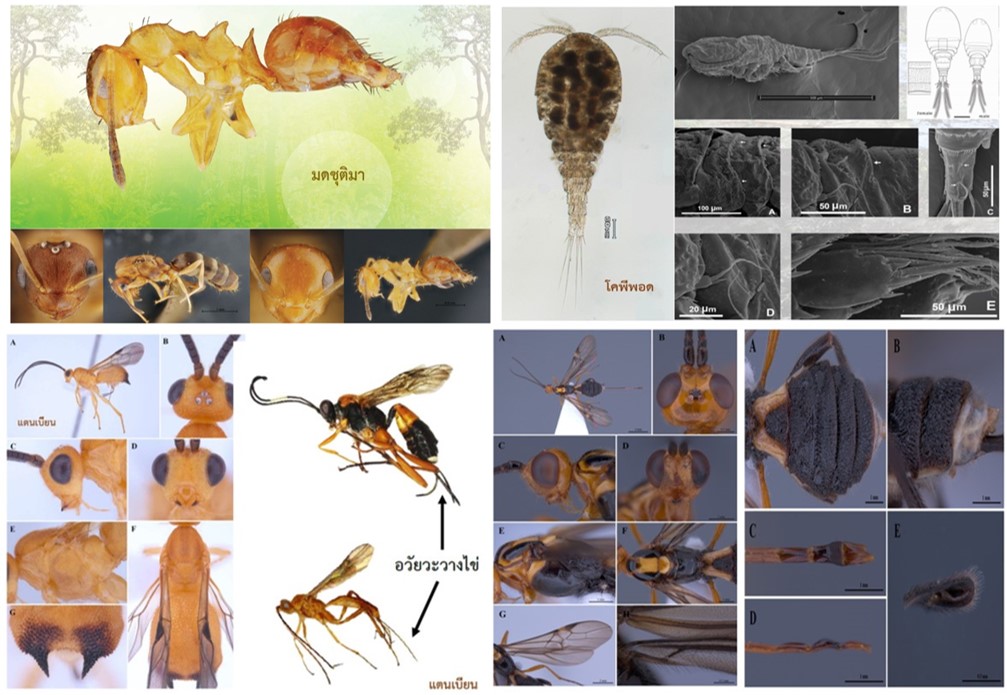On 28 November 2022, MHESI by TISTR, in cooperation with The National Science Museum (NSM), Rajamangala University of Technology Thanyaburi (RMUTT), Chulalongkorn University (CU), and Nakhonratchasima Rajabhat University (NRRU), jointly conducted a press conference on the discovery of four new animals at the Sakaerat Biosphere Reserve: Chutima ants, Piya parasitic wasps, Sakaerat parasitic wasps and copepods. TISTR and NSM also jointly conducted research and knowledge transfer on environmental sciences, tropical forest, and sciences and technology, to raise STI awareness and environmental and biodiversity conservation for sustainability.
Dr. Chutima Eamchotchawalit, a Governor of TISTR, said that TISTR and NSM are under MHESI, having one common mission to transfer STI knowledge. TISTR and NSM therefore worked together to exchange their knowledge and experience, enhance personnel capability, promote research studies, and transfer knowledge of environment and tropical forest ecology, to raise STI awareness and environmental and biodiversity conservation for sustainability, through research projects, learning center and science communication mediums, both nationally and internationally. Dr. Chutima added that TISTR has research potential and experiences, STI personnel readiness, STI knowledge and infrastructures, including sub-units in Nakhon Ratchasima Province: Lam Takhong Research Station (LTRS) and Sakaerat Environmental Research Station (SERS), which conduct many research studies and knowledge transfer of environmental sciences and tropical forest ecology, including discovery of new animals of the world – ants, parasitic wasps and copepods – found at Sakaerat Biosphere Reserve.
Sakaerat Environmental Research Station (SERS) is located in Pak Thong Chai District, Nakhon Ratchasima Province, covering the areas of 78.08 square kilometers (48,800 Rai), and was registered as a biosphere reserve under ‘Man and Biosphere Program (MAB)’ of UNESCO in 1976. SERS is Thailand’s first biosphere reserve providing policies and guidelines of natural resource conservation, and land and forest utilization, ecology and ecotourism laboratories, knowledge and technology transfer to communities, to create mutual benefits between humans and nature that agree with the lifestyle of local people.
Mr. Suwarong Wongsiri, a Deputy Director of NSM, said that NSM has missions to promote STI awareness in Thai society, STI knowledge transfer and cultivation to Thai youths, and positive attitudes of Thai people toward STI, by organizing STI events and exhibitions as lifelong-learning activities, especially in the forms of museums, to inspire people to know or discover something new in sciences. NSM also serves as one of the top centers of Thailand which provide research studies and materials to disseminate knowledge of natural sciences and biodiversity. NSM has many experts in natural sciences who conduct research studies of Thailand’s and global biodiversity, to create new knowledge, disseminate the knowledge to the society and to inspire the youths to the taxonomy. Regarding this project, NSM and TISTR signed an MOU to conduct research and transfer knowledge of environmental sciences and tropical forest ecology to the Thai youths and Thai society for their benefits, and for the national benefits onward.
Dr. Surachit Wangsothorn, a Director of SERS, said that there are more than 980 students, researchers and volunteers from inside and outside Thailand (37 countries), who come to learn and conduct research in natural sciences and environmental sciences at SERS, which cause many research papers covering all aspects of the environmental fields. There were more than 832 publications which consisted of 439 articles in academic journals, 339 dissertations and reports, and 54 topic presentations in academic conferences. SERS also has potential to absorb carbon dioxide at 146,094 tons per year which consists of dry evergreen forest of 26,474 Rai to absorb 3.26 tons per rai per year (or 86,305 tons per year), dry dipterocarp forest of 7,373 Rai to absorb 2.84 tons per rai per year (or 20,939 tons per year), and plantation forest of 12,028 Rai to absorb 3.23 tons per rai per year (or 38,850 tons per year).
<Chutima ants> Dr. Weeyawat Jaitrong, a researcher of NSM, and Asst. Prof. Dr. Nopparat Puthakan from the Faculty of Science and Technology, Rajamangala University of Technology Thanyaburi (RMUTT), jointly discovered Chutima ants, at treetop (25 – 30 meters in height), in dry evergreen forest of Sakaerat Biosphere Reserve, under the research project on ant biodiversity study at the treetop at Sakaerat Environmental Research Station (SERS), Nakhon Ratchasima Province. Since TISTR regularly oversees the Reserve and strongly supports the project, the new ant was named ‘Chutima’. Its scientific name is ‘Lepisiota chutimae Jaitrong, Waengsothorn et Buddhakala, 2022.’ Its entire body is yellow but its stomach is slightly darker than its chest. Its skin is smooth and shiny. The end of its chest and its waist have thorns. Its existence is one indicator of biodiversity and fertility of the Reserve. Thailand has 8 ants-genus-Lepisiota living on ground, except Chutima ants. Differ from other ants in the same genus, Chutima ants adapt themself to live on trees; scientists are still studying to find out the causes of why this happens. However, La Nina phenomenon (heavy rainfall) for 2 consecutive years caused ant population structure to change; more invasive ants on trees take over bushes. If there is no appropriate or preventive measure, the population volume of Chutima ants and other native ants will decrease. The research was published in ‘Far Eastern Journal.’
<Piya parasitic wasps and Sakaerat parasitic wasps> In August 2021, Assoc. Prof. Dr. Bunthika Areekul Butcher, from the Department of Biology, Faculty of Science, Chulalongkorn University (CU), discovered Piya parasitic wasps and Sakaerat parasitic wasps, in dry evergreen forest of Sakaerat Biosphere Reserve, by using Malaise trap. Its scientific name is ‘Physaraia sakaeratensis Chansri, Quicke & Butcher, 2022’. Similar to other bees and wasps, parasitic wasps lay their egg into the hosts (insects), then worms come from the egg to eat the hosts before developing themself into chrysalis and adult parasitic wasps, so many species of parasitic wasps are applied for pest population control as biological control in agricultural or natural areas. Parasitic wasps are important organisms for insect population balance in ecosystems. The research was published in ‘Zootaza Journal’ under the topic ‘Four new species of Physaraia (Hymenoptera: Braconidae: Braconinae) from Thailand.’
<Copepods> Asst. Prof. Dr. Chaichat Boonyanusith, from the Faculty of Science and Technology, Nakhonratchasima Rajabhat University (NRRU), discovered copepods at Sakaerat Biosphere Reserve, under the project on study of zooplankton biodiversity, funded by SERS and the Centre of Excellence on Biodiversity of Chulalongkorn University (CU). Its scientific name is Metacyclops sakaeratensis Athibai, Wongkamhaeng & Boonyanusith, 2022. Copepods is one kind of zooplanktons which are generally found in the water ecosystem. It has high species diversity and similar characteristics to prawn. It is also in the same family of prawn. Copepods can be found in all waters in Thailand: fresh water, brackish water and salt water, both the Gulf of Thailand and the Andaman Sea, and it can be used for multi-purposes, such as fisheries, aquaculture business, sea fish and shrimp farming. It serves as a part of the food chain as food for aquatic larvae of fish and shrimp. Its existence is one indicator of biodiversity and fertility of the water ecosystem. (Its publication: Athibal, S., Wongkamhaeng, K. and Boonyanusith, C (2022). Two new species of Metacyclops Kiefer, 1927 (Copepoda, Cyclopoida) from Thailand and an up-to-date key to the species recorded in Asia. European Journal of Taxonomy. 787 : 146–181).
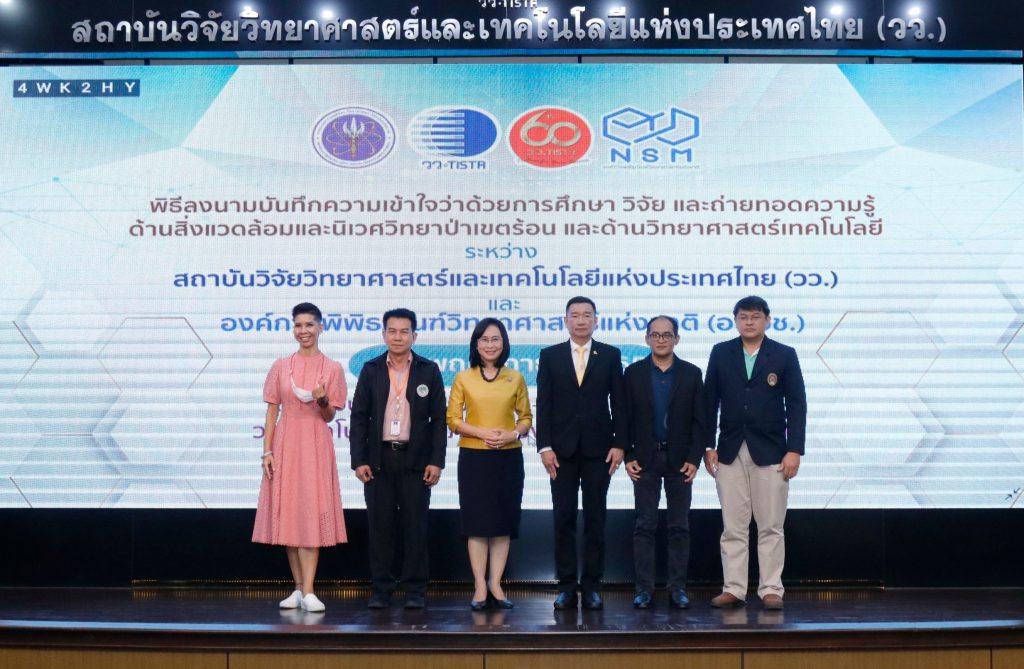
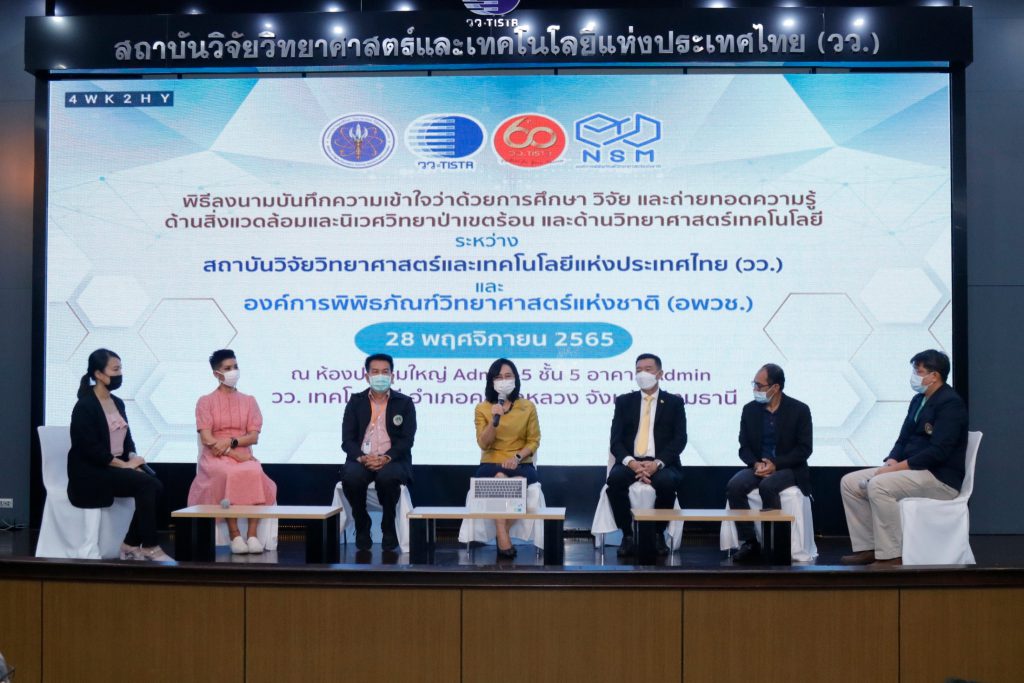
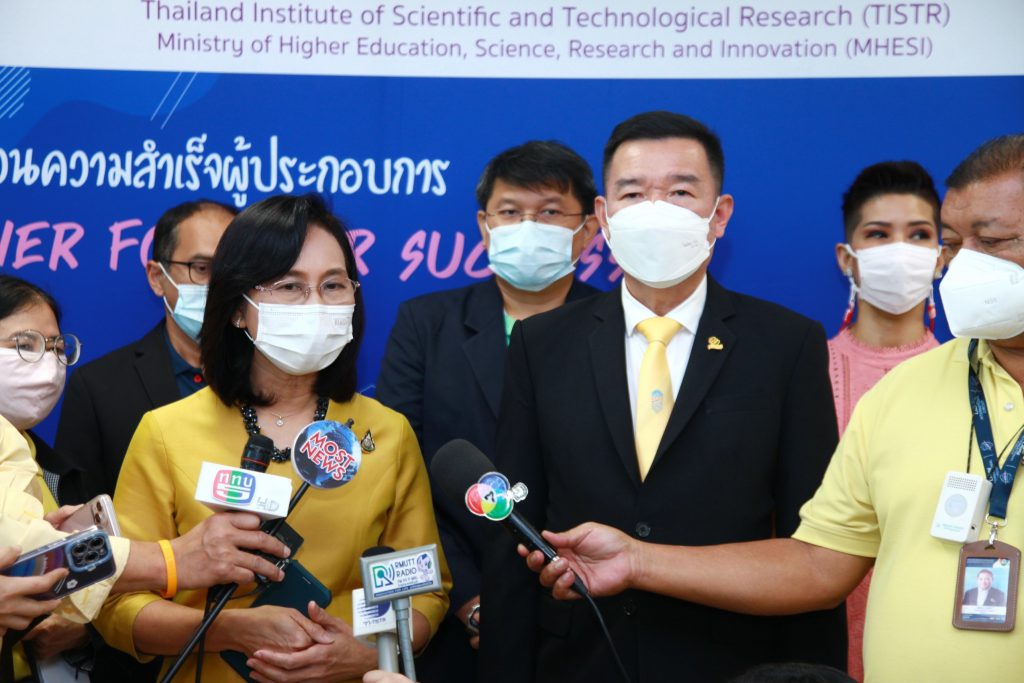
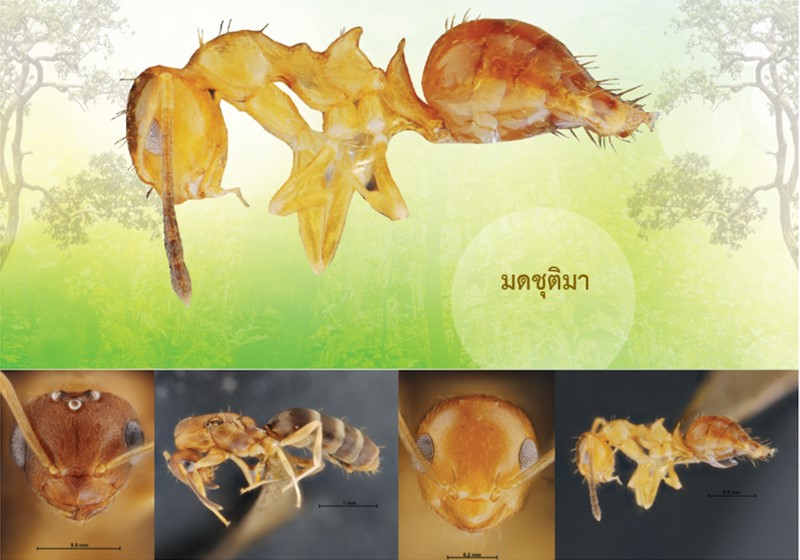
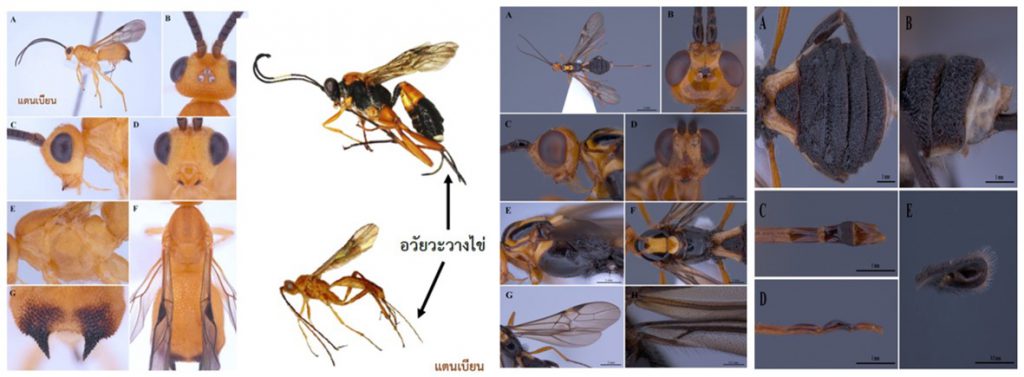
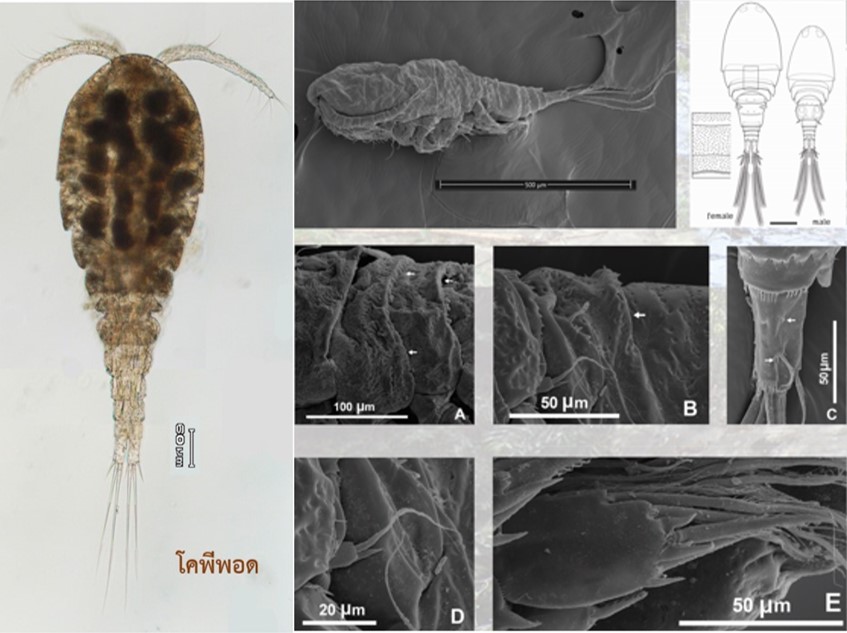
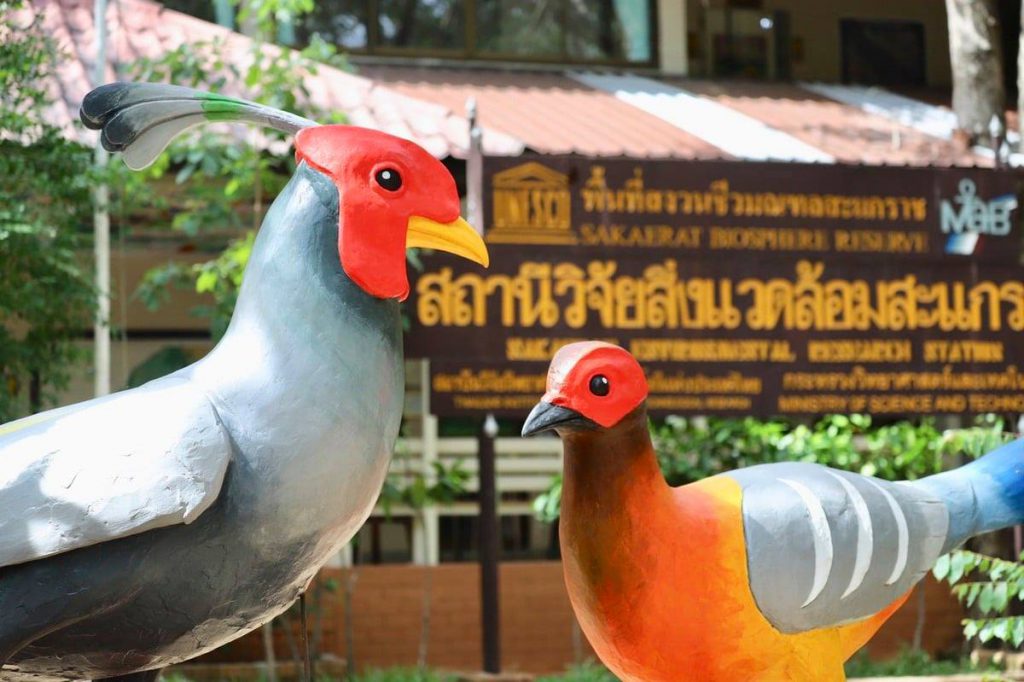
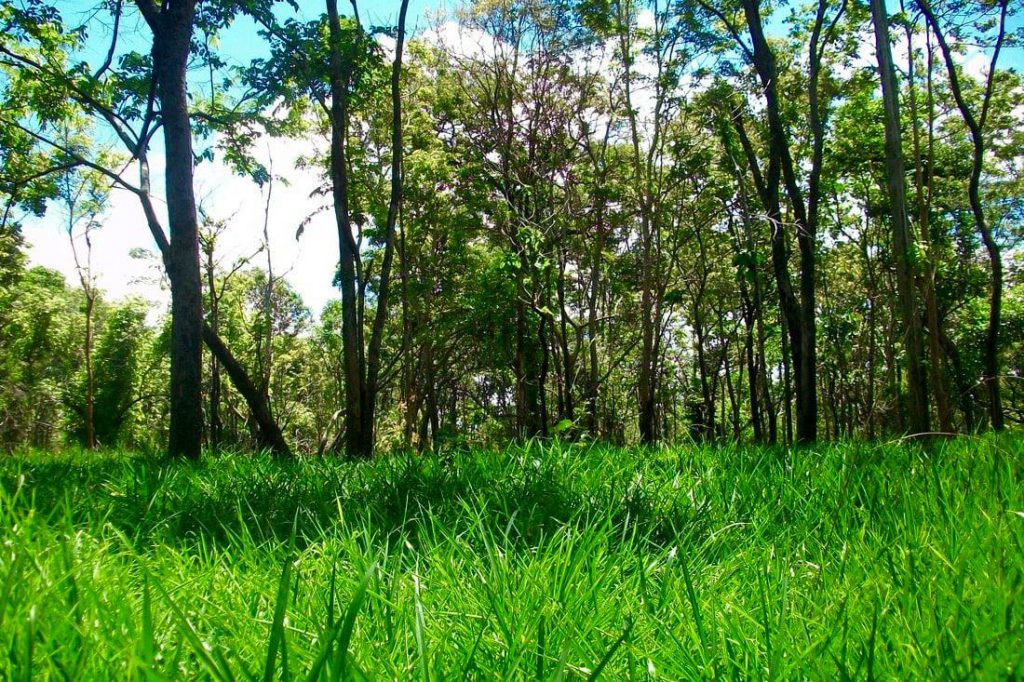

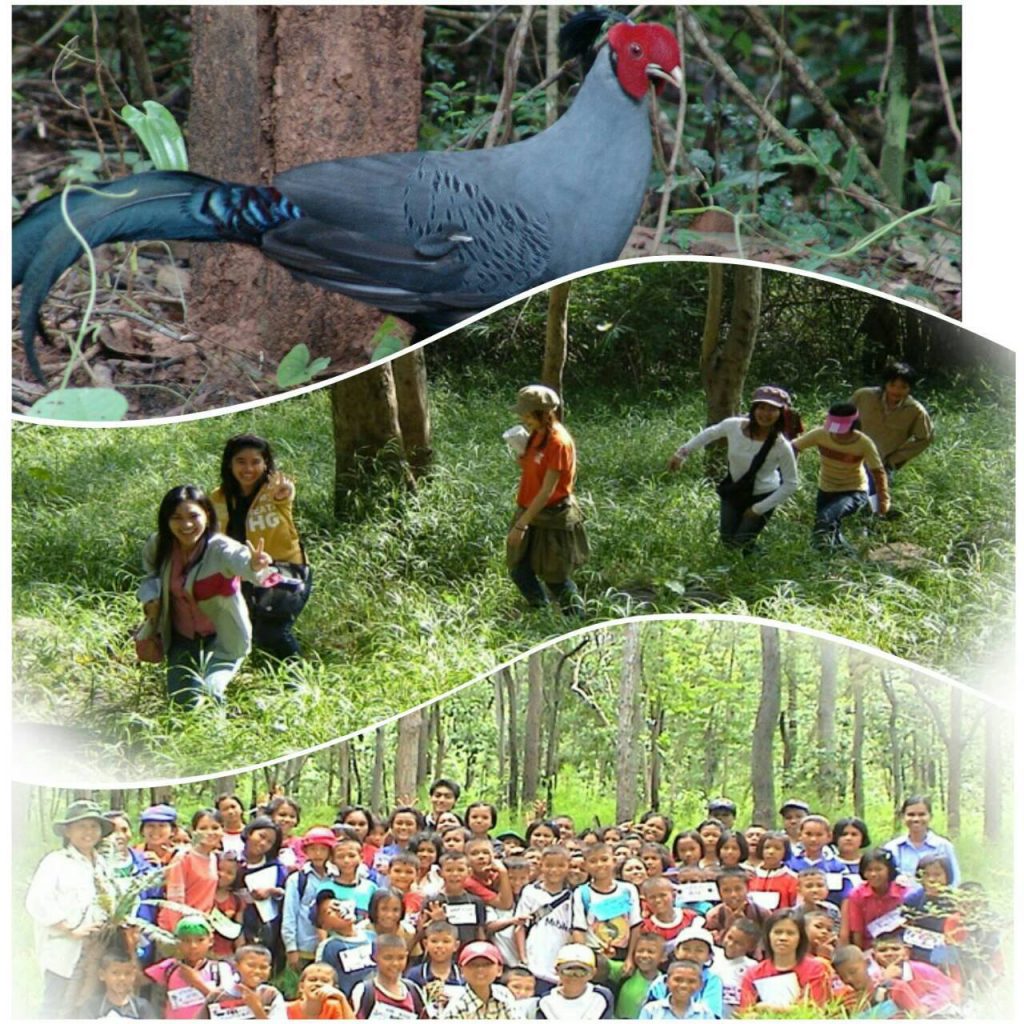
Views: 235

